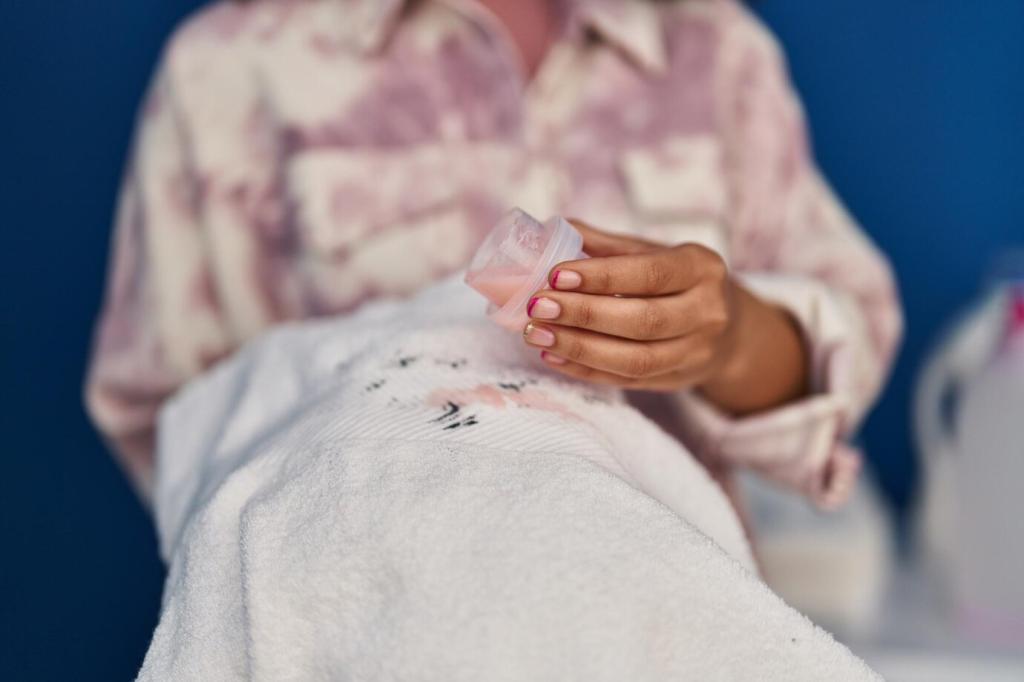Hand Washing vs. Machine Washing Silk Bedding
Use cool water, dissolve a small amount of silk-safe detergent first, then submerge. Gently press water through fabric without twisting. Rinse clear, then press water out with a towel. This minimizes stress, letting your detergent shine through thoughtful technique.
Hand Washing vs. Machine Washing Silk Bedding
Select a delicate or silk cycle, cool water, and low spin. Place pillowcases in mesh bags, and avoid overloading. Measure a silk-safe liquid precisely. This approach balances convenience with protection, preserving the fluttery drape that makes silk bedding special.
Hand Washing vs. Machine Washing Silk Bedding
Air-dry flat or on a rack away from direct sunlight and heat. Avoid tumble drying, which can stress fibers. If needed, a quick, low-heat iron on the reverse restores smoothness, especially when your detergent has rinsed cleanly and gently.
Hand Washing vs. Machine Washing Silk Bedding
Lorem ipsum dolor sit amet, consectetur adipiscing elit. Ut elit tellus, luctus nec ullamcorper mattis, pulvinar dapibus leo.




